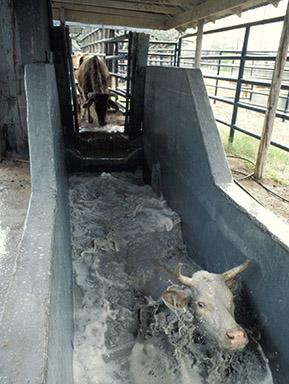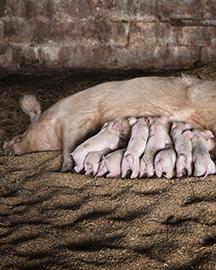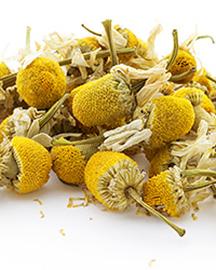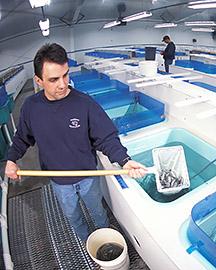Cattle Fever Tick Control Goes High Tech

ARS researchers at the Knipling-Bushland U.S. Livestock Insects Research Laboratory, in Kerrville, TX, teamed up with USDA’s Animal and Plant Health Inspection Service to bring high-tech tools to the fight against cattle fever ticks along the U.S.-Mexico border and in Puerto Rico. Thanks to decades of sustained efforts, cattle fever ticks were eradicated from the United States many years ago. However, cattle fever ticks are still endemic in Mexico, which leads to sporadic outbreaks in Texas as the ticks move across the border on hosts such as cattle, deer, and other animals.
Field data on these outbreaks has historically been collected by hand and recorded on paper, making the data difficult to share and use. Now, data can be collected via apps created by ARS and APHIS and then transmitted in real-time to the cloud. Once in the cloud, the data is automatically translated into maps and graphs, creating a common operating environment for scientists to further analyze and model. In the future, models combined with machine learning will predict the best areas to attack the ticks and allow personnel to track progress and plan future treatments. In Puerto Rico, this project is being developed to eliminate a population of pesticide-resistant cattle fever ticks in the Yabucoa region. The wholistic approach uses safer pesticides that will also eliminate horn flies and internal parasites.









